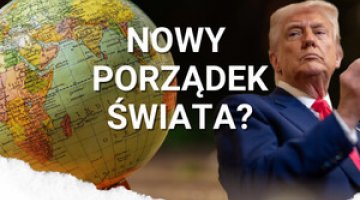Russian Federation: a tried and tested strategy for the upcoming elections
12 May saw the first meeting in Sochi of the All-Russian National Front (ARNF), an electoral platform set up by Prime Minister Vladimir Putin on the basis of the pro-regime United Russia party. In turn, it was announced on 16 May that Mikhail Prokhorov, a billionare close to Putin would head the right-wing, pro-government Pravoye Dielo (PD, or Right Action) party. This shows that in December’s parlaimenary ellections the government will once again bet on its proven electoral strategy of ‘revitalising’ loyal party structures and imitating pluralism.
The All-Russian National Front draws its membership from representatives of government-controlled trade unions and social organisations, in addition to United Russia, and its members have appealed to Prime Minister Putin to head the Front’s electoral list. Whereas the ARNF is aimed at Putin’s traditional electorate, the ‘renewed’ PD (created by the Kremlin three years ago) is intended to appeal to richer and more active voters. The 46-year-old billionaire Mikhail Prokhorov (who is the second richest Russian) was ‘delegated’ to run this party, a move which is aimed at giving it a more dynamic image.
In recent years, some sections of the Russian public have demonstrated their fatigue with the lack of competition and the political hegemony of those groupings which are strictly controlled and supported by the government (this trend has been illustrated inter alia by the fall in United Russia’s poll showings). However, the activity around PD and ARNF shows that the government does not intend to alter its tried and tested electoral strategies: imitations of political pluralism (while eliminating the authentic opposition from the elections) and keeping control over the electoral process (electoral commissions, campaign financing, the media), which has so far ensured the desired electoral outcomes. <JR>





